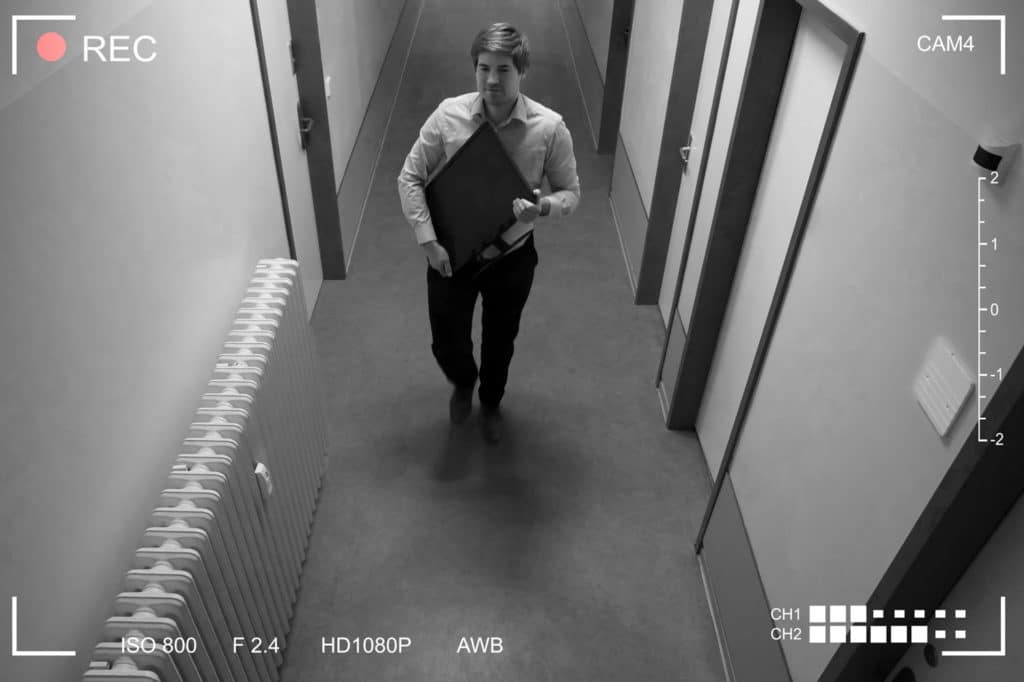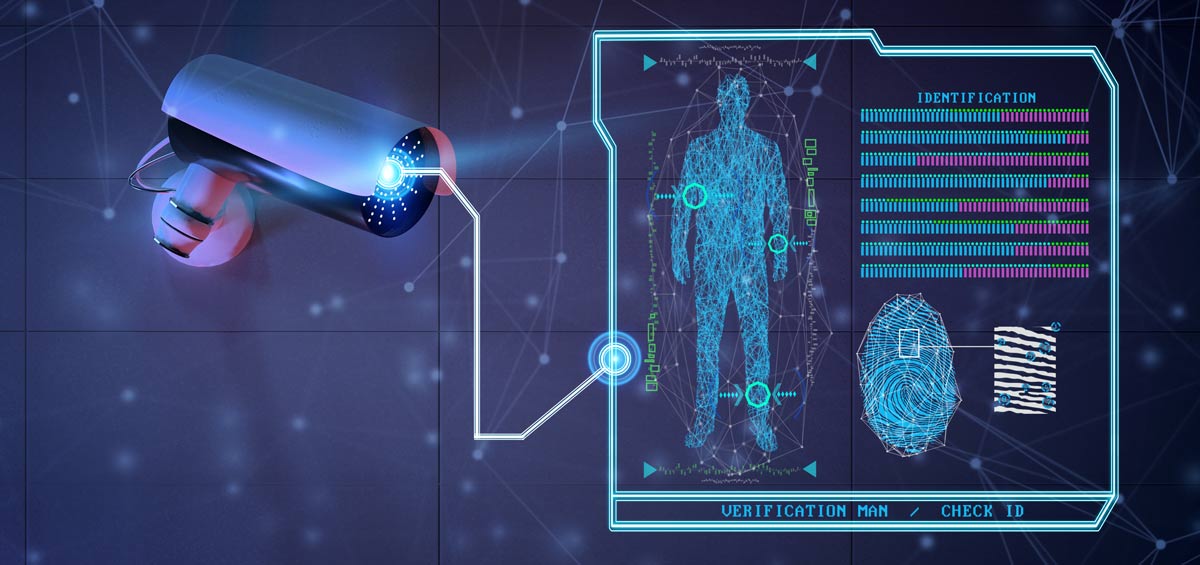Bob is the newest custodian for a large business. His job is to clean the property at night before the rest of the staff arrives the next day. One night, Bob is still tired – perhaps he didn’t sleep well that day – and doesn’t notice the intruder lurking in the dark next to the locked gate. Bob keys himself in and parks, not realizing that someone else has slipped in silently behind him.
Unlike Bob, the intruder doesn’t have good intentions for being in the office at night. He’s there seeking master keys and access to other parts of the office, where he can plunder valuable business secrets – or perhaps just valuable tools and other assets.
While this story is only an example, it isn’t entirely made up. While businesses spend big money on cybersecurity, there might be other dangers lurking at the front door. What happened to Bob has a name: Tailgating. Businesses spend big money on cybersecurity threat prevention these days. Ironically, there may be other significant dangers looming at their front door. One of the most common is tailgating.
“Tailgating is a serious vulnerability in any enterprise, with significant physical security and cybersecurity implications.”
Security Infowatch
What is a Tailgating Attack?
Tailgating is an on-premises security breach. In a tailgating attack, an unauthorized person follows closely behind someone with an access badge. As the person badges in, the unauthorized person slips in behind them.
You see this frequently in commercial and residential buildings. In these cases, tailgating wastes all that money you paid for access control. Instead, the tailgater just slips in after a code is entered or a card swiped. The door may close slowly behind you, leaving a window for someone to slip in. Either way, there is a stranger in your building and you are at risk.
Tailgating attacks differ from piggybacking. That’s where the authorized person opens the door to an unbadged entrant – imagine an employee holding open the door for someone carrying a box. It’s easy to understand how simple politeness can lead to a security breach.
Of course, there can be some overlap – if authorized user A enters, and unauthorized user B jogs up, asking them to hold the door, which is it? Generally speaking, however, tailgating is unintentional or even unnoticed, while piggybacking relies on exploiting user trust.
Tailgating can happen due to negligence or “just doing the job.” Picture a contractor propping open a side door to carry heavy equipment in and out. That’s easy access for a tailgater.
One survey showed that 48% of people entering an access-controlled space experienced a tailgater. Another study showed that 69% of security professionals report tailgating is increasing. The problem is that so many businesses are wholly focused on cybersecurity, while a physical security breach could do just as much damage to your data.
How Can a Tailgating Attack Affect Your Business?
The following are all at risk during a tailgating attack:
-
Employees or residents
-
Data
-
Physical assets
The meaning or purpose of a tailgating attack is access. Once a criminal is inside, your risk heightens. One study showed that 71% of security personnel say that tailgating is “very likely or likely” to cause a data breach in the company. But that’s just one area where the tailgater can do some damage.
Traditional Ways to Stop a Tailgaiting Attack
Traditionally, security teams focus on two methods to thwart tailgating attacks:
-
Station security guards at every open entrance during business hours. This isn’t as feasible in an apartment, which by necessity is open 24/7. It’s also expensive to use human guards. Plus, no matter how well they’re trained, human guards can let their guard down or turn their backs – or have to use the bathroom.
-
Using an in-house security team to manually monitor video surveillance cameras. However, what if the building has dozens or hundreds of access points? Most on-premise security teams must also handle intercoms, phone calls, alarms, and more. It’s not easy to divide your attention between multiple tasks.
-
Organizations or residences with high traffic.
-
Companies that heavily rely on subcontractors, who may be unfamiliar with your security practices.
-
Businesses that regularly have deliveries of documents, food, or packages.
-
78% of those surveyed said they typically do something about tailgating only after an incident occurred.
-
77% say guards, barriers, and access control can stop tailgating.
How Technology Stops Tailgating Attacks
Artificial intelligence (AI) software is used today in cybersecurity. But did you know the software is also in physical video surveillance cameras? Modern smart security cameras use AI algorithms to analyze video activity. Because these cameras can connect to Wi-Fi or a cell network, a live video stream can instantly capture what’s happening in your business. This real-time information, coupled with AI software, is exactly what you need to stop tailgating in its tracks.
Don’t discount the analytical horsepower of AI. These tools can detect building entrants and match them to card swipes from an integrated access control system. The AI can alert that more than one person entered from one card swipe. AI software was used during COVID, too, to detect when people weren’t maintaining social distance. That same functionality can apply to a tailgating attack, flagging security teams that someone entered just behind an authorized user.
These systems are so smart they can lock down a turnstile if multiple people try to enter simultaneously on one card. Smart security cameras can alert you by pinging a cell phone or messaging your security team.
Security Infowatch says, “Most organizations are not even fully aware of the extent of the tailgating problem in their facilities until they start using an AI solution.” Beyond detecting tailgating attacks, smart security cameras offer data and insights into facility traffic. They can tell you things like:
-
How many tailgating events happen each month—or every day?
-
Are the unauthorized entries actual tailgating events? Or, are they residents in your multi-tenant building inviting in the unauthorized?
-
Which doors have the most tailgating incidents?
-
Who is doing the tailgating? Who is allowing the piggybacking?
All of these things are possible right now with smart security cameras. Pro-Vigil specializes in the design, deployment, and maintenance of some of the industry’s most intelligent video surveillance tools. These aren’t the grainy CCTV cameras of the past. Today’s modern smart cameras can stop tailgating risks and give you peace of mind.








